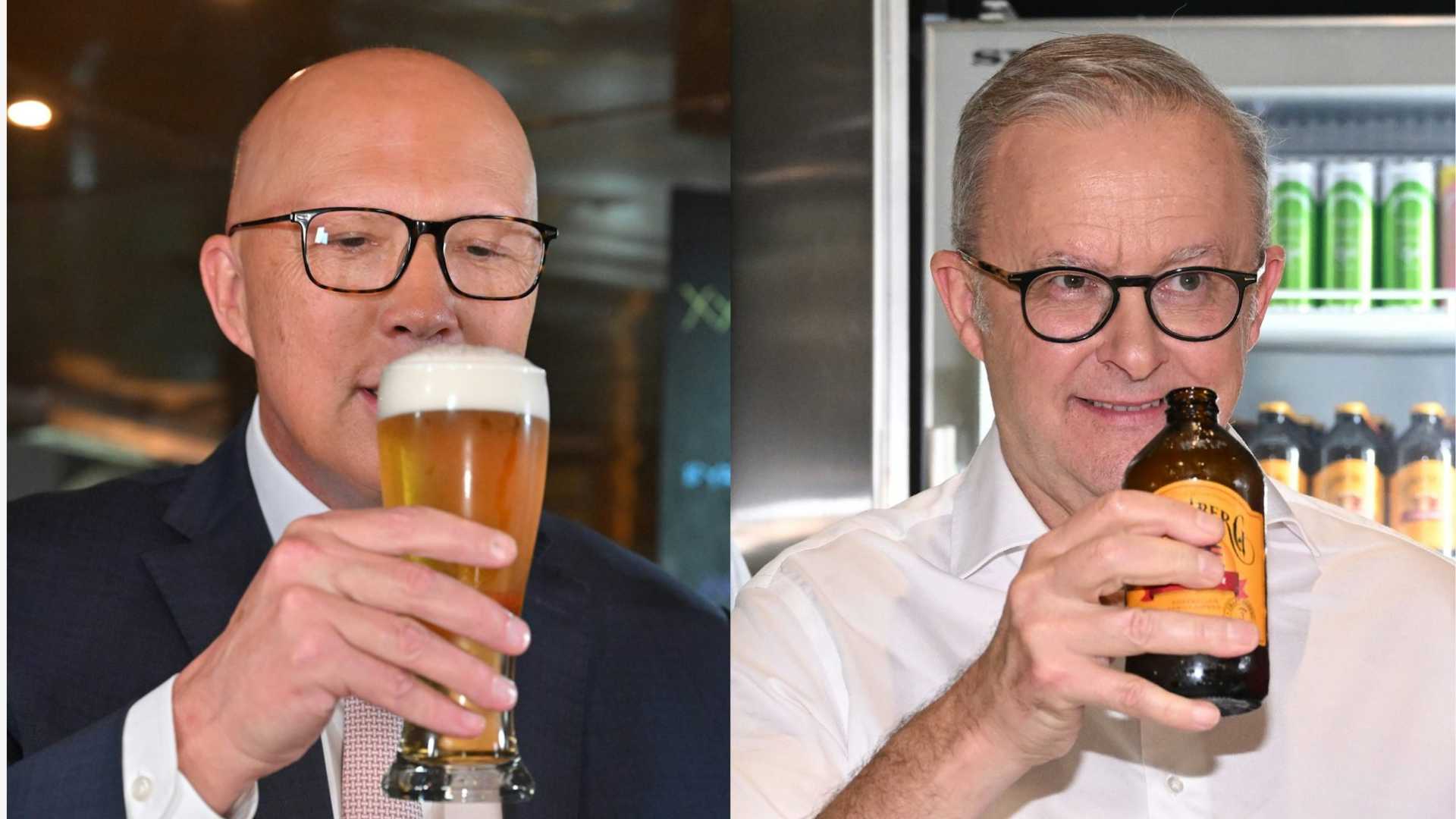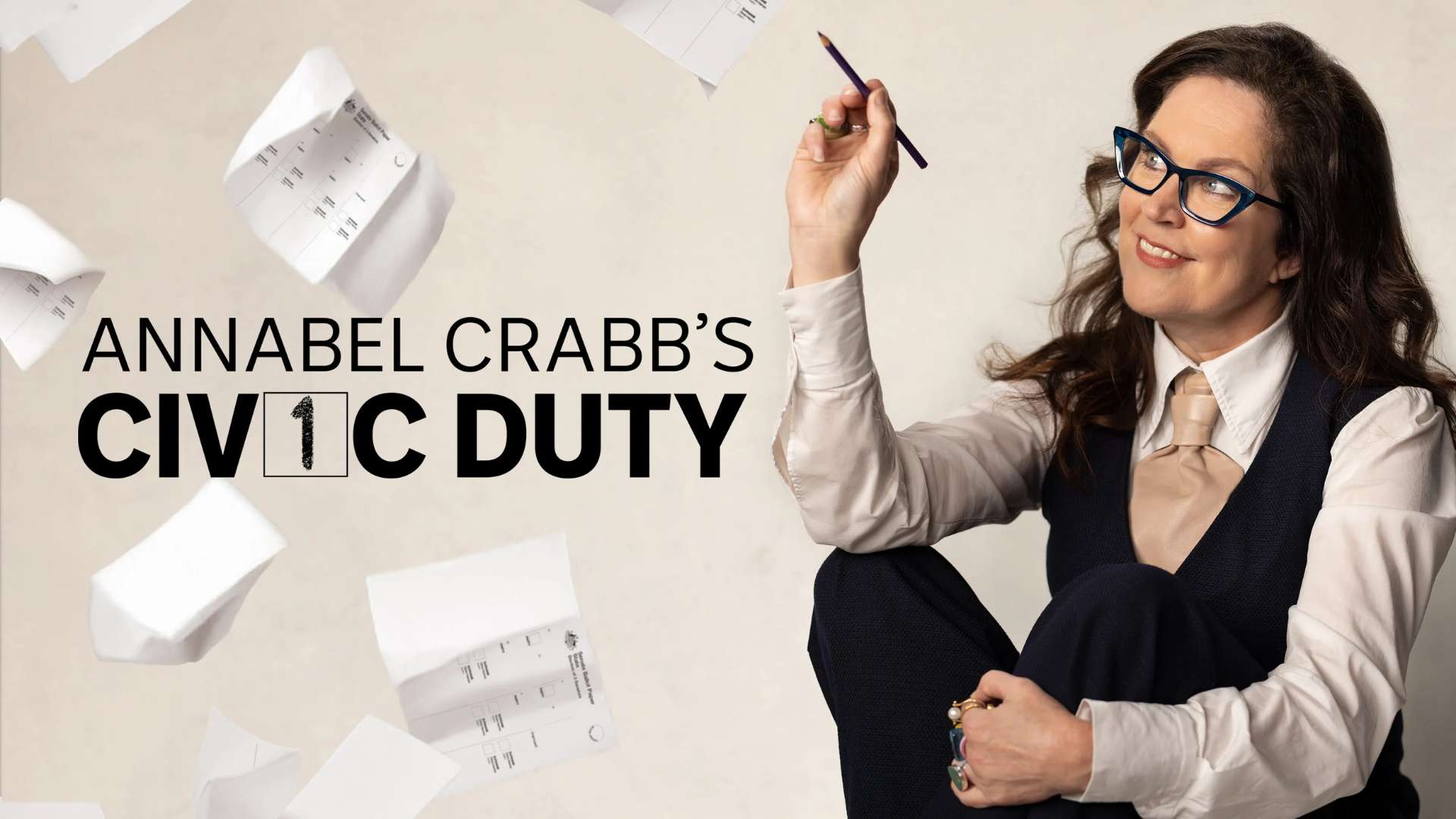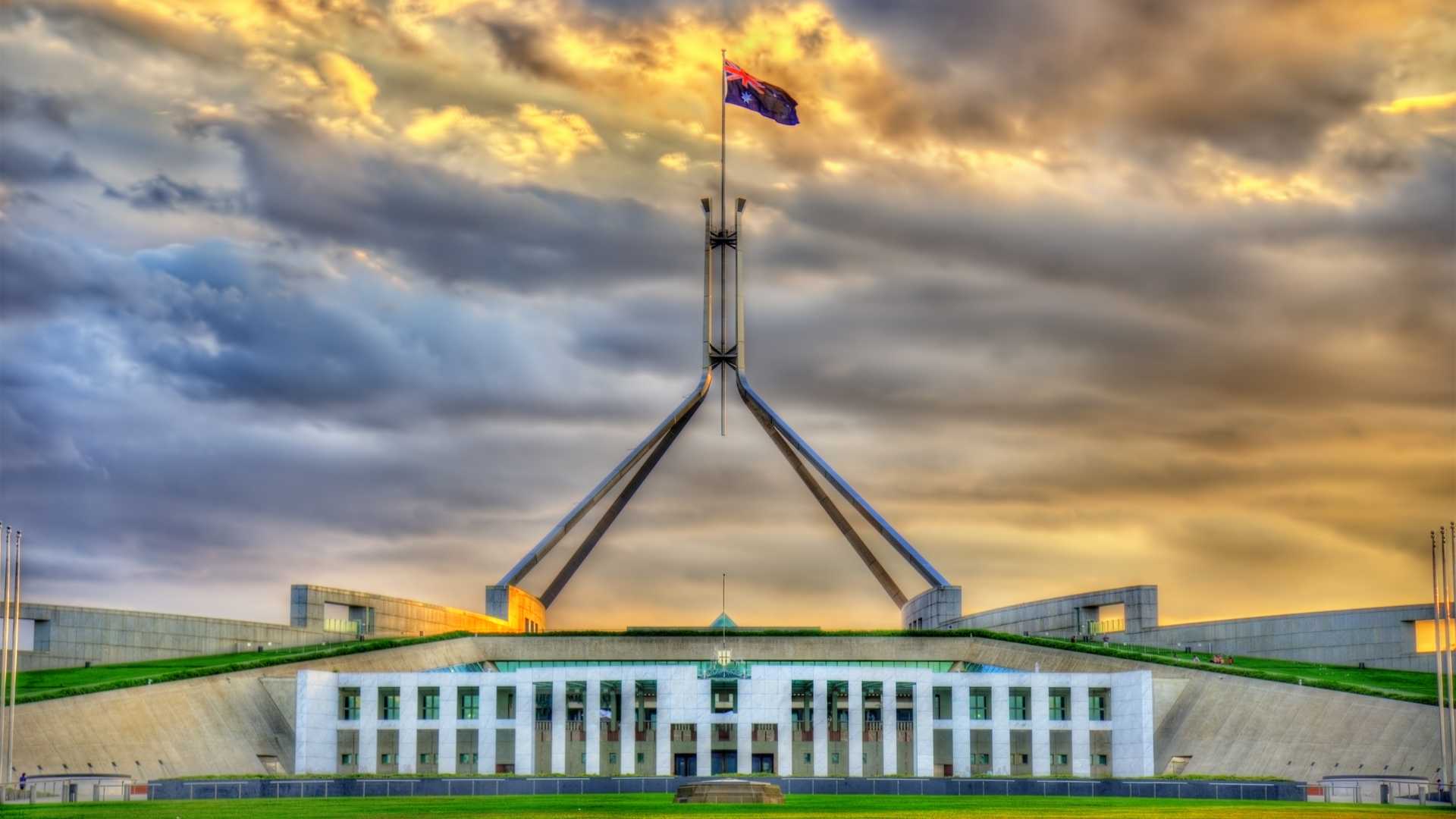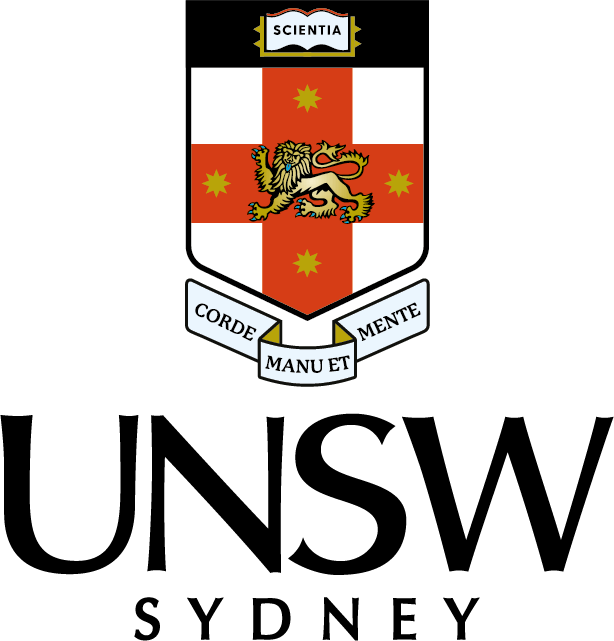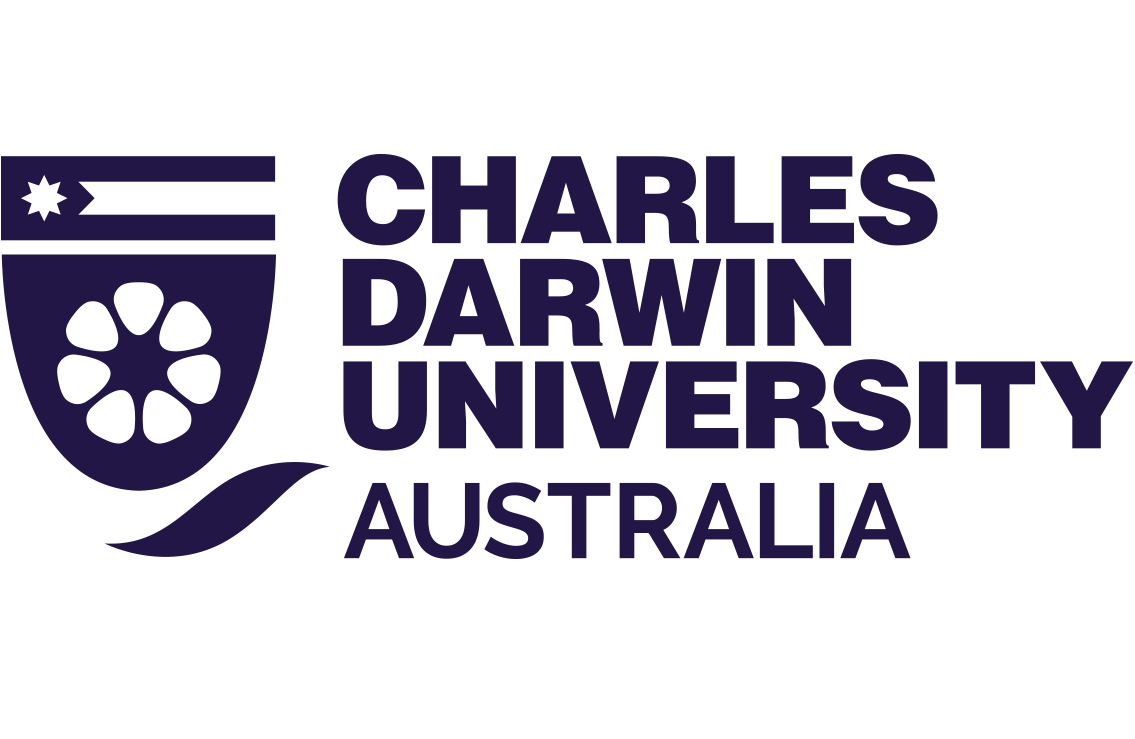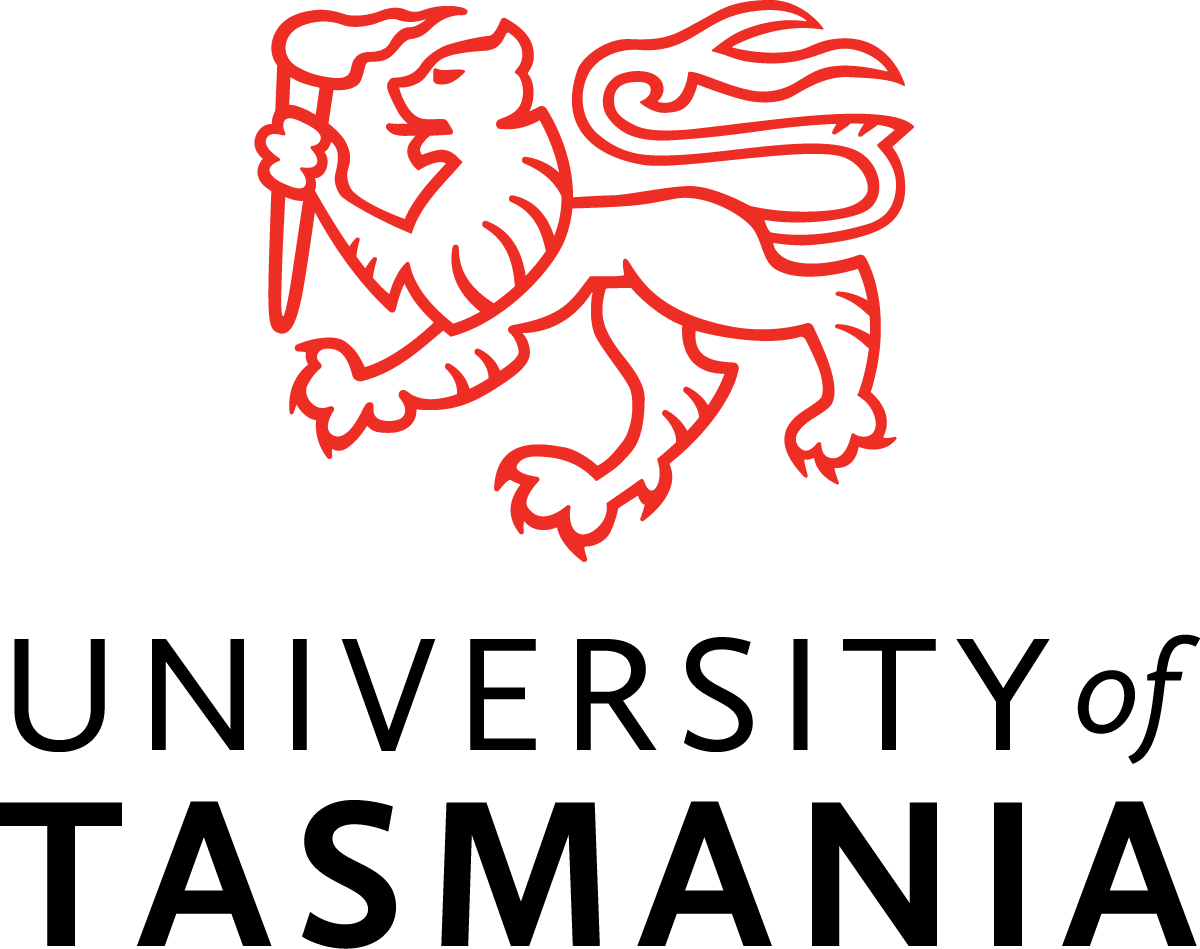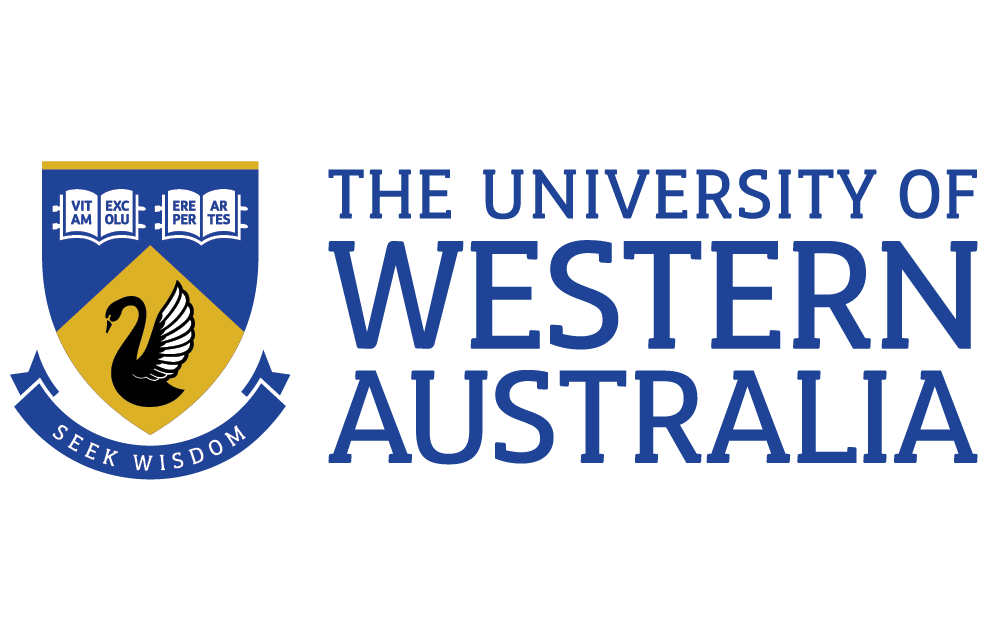Elise Stephenson, The Conversation, 9 April 2025
Despite progress towards gender equality in Australian elections, women remain underrepresented among candidates vying for office on May 3. They are also overrepresented in “glass cliff” seats, which are the ones that are difficult to win and precarious to hold.
The Global Institute for Women’s Leadership at the Australian National University has analysed 591 candidates in the election by gender, political party, and the seats they are contesting.
Our report published today finds that while the major parties are increasing the number of women they pre-select, they are more likely to be running in harder-to-win seats.
From the glass ceiling to the glass cliff
Women are inching towards gender parity and now make up 45% of candidates across all parties and independents.
Labor has made the strongest gains. More than half (56%) of its candidates are women, a jump of about 10 percentage points on the previous election. By comparison, only 32% of Coalition candidates are female, an increase of just 3% on the 2022 poll.
Coalition women are not only outnumbered two to one by male candidates – 84% of them are running in risky glass cliff seats.
Contesting from opposition necessarily means Coalition candidates are coming from a more challenging starting point. Indeed, by comparison, 50% of female Labor candidates are running in safe seats, compared to 57% of their male collegaues.
Nonetheless, Labor women are also more likely to be running in unsafe seats than Labor men. This persistent glass cliff across both major parties continues to disadvantage women in politics.
A woman’s place in the current parliament
Women make up approximately 39% of the current House of Representatives. Labor is closest to parity, with women accounting for 47% of the caucus.
By comparison, the Coalition continues to languish with four times the number of male MPs: 80% men to 20% women.
And there are stark differences in gender balance across states and territories, with Queensland and South Australia lagging the furthest behind. Queensland fares the worst, with nearly five times as many men than women representing the state in federal parliament (83% men to 17% women).
This reflects a strong gender imbalance across both major parties. Our report shows that in Queensland, 80% of Labor and 86% of Coalition MPs are men.
Western Australia and the Northern Territory are the only two states or territories to have equal or more women MPs elected in the 2022 federal election – at 53% and 50%, respectively.
Diversity and the 2025 election
According to our analysis, 21% of the nearly 600 declared candidates self-identified as diverse. This includes:
- culturally and linguistically diverse (CALD) people
- people from First Nations backgrounds
- people with disabilities
- people belonging to the LGBTIQ+ community.
Diversity is fairly evenly spread across the parties, at around 26% of Labor’s candidates, 24% of the Coalition’s and 30% of the Greens’.
Men are much more likely to self-identify as “diverse” than women at this election. This could reflect the unique barriers faced by minoritised women. For example, women of colour, First Nations women and women with disability can be discouraged or find it harder to seek public office.
Our findings reflect the added challenges diverse women and non-binary people face, particularly when in the public eye.
For instance, our research on the 2022 election found that while LGBTIQ+ politicians faced similar rates of online harassment during the campaign, they were more targeted by personal vitriol throughout. They suffered nasty, queer-specific slurs, transphobic messages and ableist language – commentary that had nothing to do with their policies or politics.
Are we making progress?
Yes, progress is being made with more women running for election. That is particularly true of the Labor Party and the Greens, where 56% and 50% of candidates are women respectively. Plus some who are beyond the gender binary.
And the fact that 80% of “teal” candidates are female is a noted characteristic of the community independents movement.
However, achieving true gender and diversity parity in politics requires more than increasing candidate numbers. It demands a fundamental shift in how, and where, women and diverse candidates are positioned to compete.
This is a message for political parties to take seriously going into future elections. Are parties always putting the same people up for the same seats?
Without addressing these systemic barriers, representation in parliament will continue to fall short of reflecting the electorate’s true and growing diversity.
Elise Stephenson, Deputy Director, Global Institute for Women’s Leadership, Australian National University
This article is republished from The Conversation under a Creative Commons license. Read the original article.
